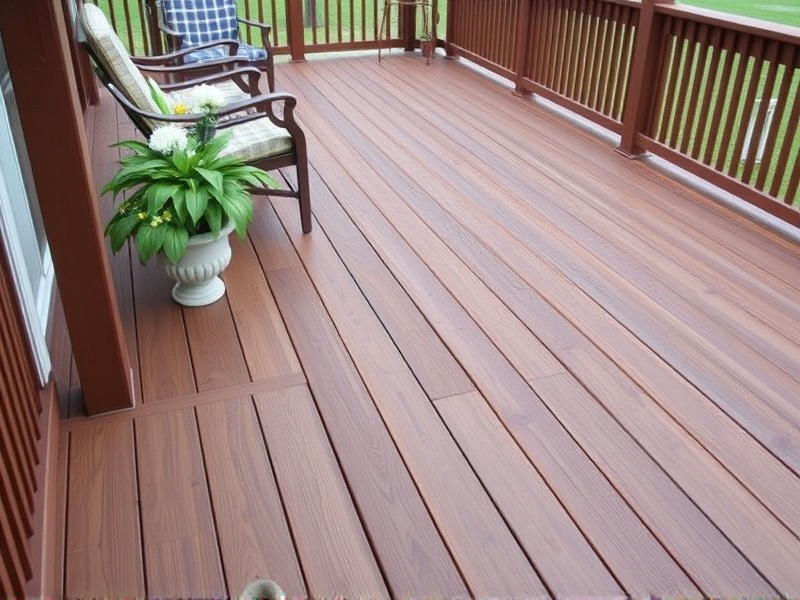Our Location
304 North Cardinal St.
Dorchester Center, MA 02124

Decking is a versatile and popular choice for enhancing outdoor living spaces. Among the myriad options available in the market today, composite and ipe decking stand out due to their durability, low maintenance, and aesthetic appeal. This article explores the range of colors and finishes available for each material, providing case studies of decks where they were used effectively, with a focus on design elements such as lighting and landscaping.
Composite decking materials are made from a blend of wood fibers and recycled plastic, offering a wide range of colors and finishes. Manufacturers often mimic the natural look of wood, but with added benefits like resistance to moisture, stains, and insects. For instance, Trex Transcend decking comes in shades like Rich Desert, Saddle, and Terra Slate, each designed to emulate the natural beauty of hardwoods while providing superior performance. The finish options include a smooth surface or a more textured option that mimics the grain of real wood, adding to its visual appeal.
Ipe, also known as Brazilian Walnut, is a dense and durable hardwood that naturally resists rot, decay, and insect damage. Unlike composite materials, ipe requires no additional coloring or finishing to maintain its rich, dark brown hue, which can deepen over time. However, it is possible to apply sealants or stains to enhance its color or protect it from UV rays. Ipe’s natural luster and unique grain patterns make it a sought-after choice for those who appreciate the authenticity of wood without compromising on longevity.
A recent project in Sunset Hills featured a Trex composite deck that seamlessly integrated with the surrounding landscape. The deck’s Rich Desert color complemented the earthy tones of the home’s exterior, while strategically placed LED lights highlighted the steps and railings, creating an inviting ambiance. The landscaping included native plants that required minimal water, further emphasizing the eco-friendly aspect of the composite material.
The Oceanview Retreat showcased the natural elegance of ipe decking. The deck’s deep brown tones provided a striking contrast against the blue ocean and greenery, enhancing the overall aesthetic. To protect the ipe from the harsh coastal environment, a clear sealer was applied, preserving its rich color and texture. The landscaping included tropical plants and a water feature, which not only enhanced the view but also created a serene atmosphere.
Both composite and ipe decking offer distinct advantages and aesthetic possibilities. Composite decking provides a broad palette of colors and finishes, making it easier to match any architectural style. Meanwhile, ipe offers a timeless, natural beauty that can be preserved through proper maintenance. When designing your outdoor space, consider how these materials can enhance your deck’s appearance and functionality.